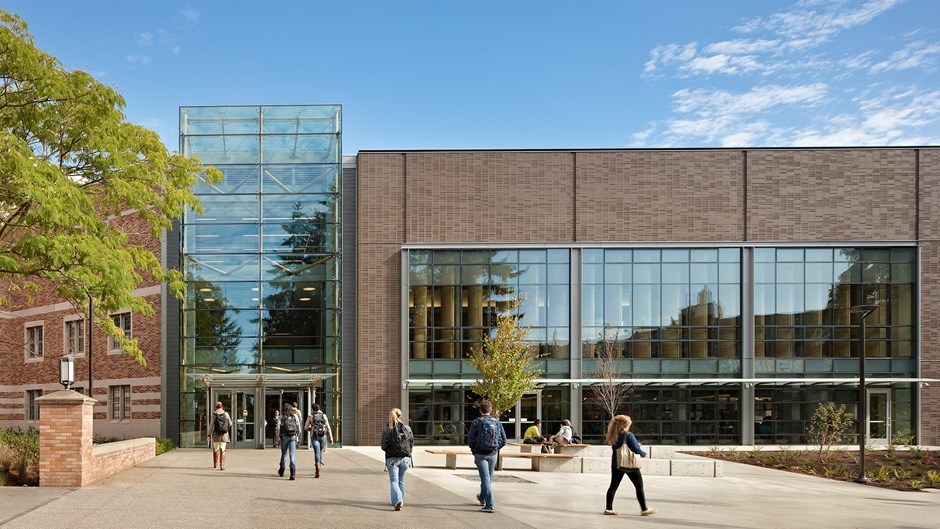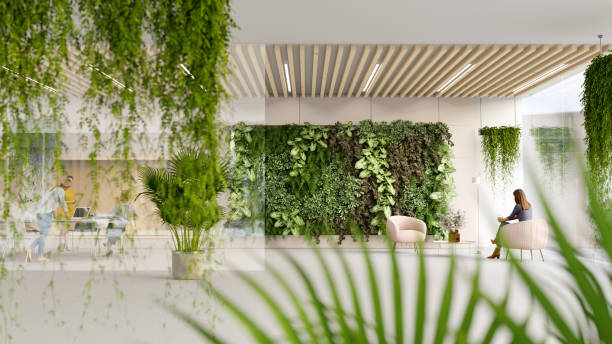In today’s world, eco-friendly construction design tips have become crucial for homeowners and real estate developers aiming to create sustainable living spaces. Embracing environmentally conscious practices not only benefits the planet but also leads to more efficient and cost-effective homes. Whether you’re building from scratch or renovating, integrating these eco-friendly strategies is essential for a greener future.

The Importance of Eco-Friendly Design
Adopting eco-friendly construction practices is more than just a trend; it’s a necessity. With increasing awareness about climate change, many are turning their attention to sustainable building materials and techniques. According to a recent report on the green building industry, there’s a significant shift towards resource-efficient home designs that minimize waste and reduce energy consumption.
Planning Your Eco-Friendly Home
Site Selection and Orientation
Begin with thoughtful planning. Choosing the right site and orientation can significantly influence your home’s energy efficiency. Sites that maximize natural sunlight and utilize the terrain’s natural features can help in reducing energy use.
Incorporating Renewable Energy
Integrate renewable energy sources such as solar panels or wind turbines. This step not only reduces reliance on non-renewable energy but also cuts down utility bills. For more insights, visit our sustainable practices page.
Materials and Resources
Choosing Sustainable Building Materials
Select materials that have minimal environmental impact. Reclaimed wood, recycled steel, and bamboo are great examples of sustainable materials. Utilizing local resources can also decrease your carbon footprint.
Efficient Water Management
Consider systems that harvest rainwater and recycle greywater. These systems not only conserve water but also lower costs over time. More details can be found in our green construction guide.
Energy Efficiency
Understanding Insulation Options
Proper insulation is key to energy efficiency. It helps maintain desired temperatures, reducing the need for heating and cooling systems.
Using Energy-Efficient Appliances
Invest in energy-efficient appliances to further minimize energy consumption. Appliances with the ENERGY STAR label are a good choice for energy savings.
Interior Design Considerations
Natural Lighting
Maximize the use of natural light by incorporating large windows and skylights. This not only reduces the need for artificial lighting but also enhances well-being.
Plant-Based Interior Elements
Incorporate plants into your home’s design. They improve air quality and add a natural touch to your living space. Explore more about eco-friendly trends here.
The Future of Eco-Friendly Homes
The realm of eco-friendly construction is rapidly evolving. Innovations in technology and design are paving the way for even more sustainable solutions. Staying updated with the latest market trends will ensure that you remain at the forefront of environmentally conscious living.

FAQ
What is eco-friendly construction?
Eco-friendly construction refers to building practices that aim to minimize environmental impact, reduce waste, and use resources efficiently.
How does eco-friendly design benefit homeowners?
Eco-friendly designs lead to energy savings, reduced utility costs, and improved indoor air quality, all of which enhance comfort and financial savings.
What are the most popular eco-friendly materials?
Reclaimed wood, recycled steel, bamboo, and solar panels are among the most popular choices for eco-friendly materials.
This article contains affiliate links. We may earn a commission at no extra cost to you.




